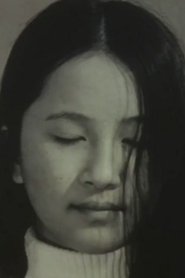detail profile sumiko haneda
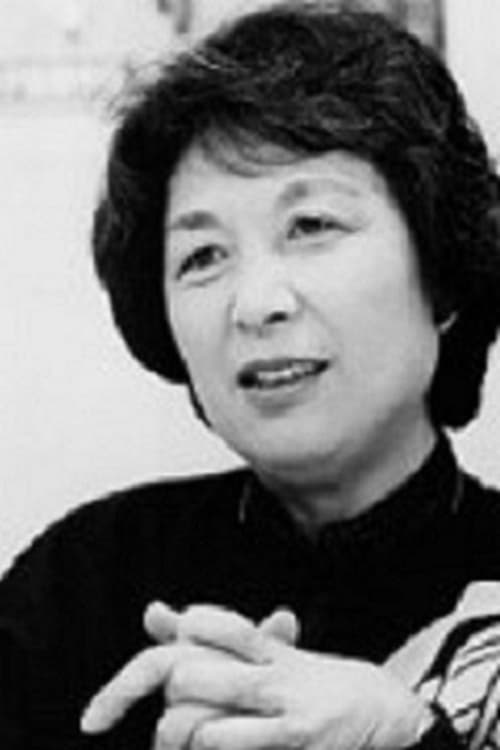
Riwayat Hidup
Born 1926 in Dalian, China, Sumiko Haneda graduated from Jiyu Gakuen, and joined Iwanami Productions at its founding.
She has been involved in over eighty documentaries, starting with Women’s College in the Village (1957).
After The Cherry Tree with Gray Blossoms (1977) she took to independent filmmaking, and has made over ten films including Ode to Mt.
Hayachine (1982), How to Care for the Senile (1986), Getting Old without Anxiety (1990) and Woman Was the Sun—The Life of Hiratsuka Raicho (2001).
She participated as a juror in the International Competition in YIDFF ’99.
Info Pribadi
Peran Yang Di Mainkan Sumiko Haneda
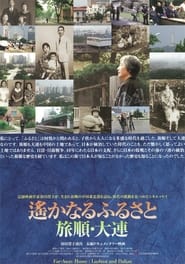 Haneda Sumiko documentary filmmaker who was...
Haneda Sumiko documentary filmmaker who was...Far-Away Home: Lushun and Dalian 2011
Haneda Sumiko, documentary filmmaker who was born in Dalian, Manchuria in 1926 and was there to experience the conclusion of the Pacific War. Following her previous work , she revisits Dalian and Lushun, places where she spent her formative years. Lushun has served as an important naval port in modern times, and in 2009 was finally fully opened to foreigners. Haneda joined a tour organized as part of that opening, and delves into memoires as she visits the house where she grew up and the school she attended.
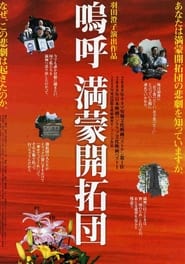 Set in the Japanese puppet state...
Set in the Japanese puppet state...The Japanese Settlers to the Manchuria and Inner Mongolia of Mainland China 2009
Set in the Japanese puppet state of Manchukuo, the tragic theme of the film is the destruction of millions of lives in the 13 years before Manchukuo collapsed with Japan’s World War II surrender in August 1945, and the years of suffering it brought in its wake.
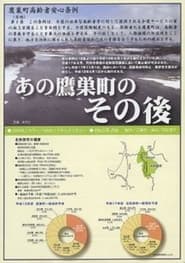 Mayor Iwakawa was voted into office...
Mayor Iwakawa was voted into office...The Takanosu-machi Thereafter 2006
Mayor Iwakawa was voted into office in 1991, promising better welfare for senior citizens. As a result of his efforts to create a town with resident participation, while battling against anti-reform forces of the town council, Takanosu-machi becomes the best welfare town in Japan. In the nationwide local elections in 2003, however, Iwakawa, loses by a huge margin against the opposing candidate who promises the consolidation of local municipalities.
 This extraordinary film presents Japanese classical...
This extraordinary film presents Japanese classical...Into the Picture Scroll: The Tale of Yamanaka Tokiwa 2004
This extraordinary film presents Japanese classical scroll painting as never before. The Yamanaka Tokiwa comprises twelve scrolls painted by Matabei Iwasa some 400 years ago. Haneda redefines the art documentary and demonstrated that a film about a masterpiece can be equally masterful.
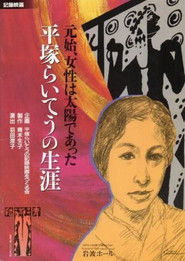 Documentary on pioneer Japanese feminist Hiratsuka...
Documentary on pioneer Japanese feminist Hiratsuka...Woman Was the Sun—The Life of Hiratsuka Raicho 2002
Documentary on pioneer Japanese feminist Hiratsuka Raicho
 Devotion investigates the extremely complex and...
Devotion investigates the extremely complex and...Devotion: A Film About Ogawa Productions 2002
Devotion investigates the extremely complex and heirarchical relationships among a committed group of Japanese filmmakers who dedicated up to 30 years of their lives making films for one man-Ogawa Shinsuke. Members of Ogawa Pro filmed the student movement of the late 60's; the fight by farmers to save their land from government confiscaton for the Narita airport at Sanrizuka; and the village life of a small farming community, Magino Village, in northern Japan. These heartbreaking and sometimes funny stories have never been told on film before. Rare footage, stills, and diaries with interviews with Oshima Nagisa, Hara Kazuo and Robert Kramer make this historical inquiry visually exciting as well as valuable.
 In 1982 the socialist researcher Ishid Kiyotomo...
In 1982 the socialist researcher Ishid Kiyotomo...Women’s Testimonies - Pioneering Women in the Labor Movement 1996
In 1982, the socialist researcher Ishidō Kiyotomo organized a round table with women activists who had participated in the rise of the labor movement, from the Taishō era (1912-1925) to the Shōwa era (1926-1989). At his request, Haneda records this meeting. Stimulated by her desire to " preserve the history of these women ", the director adds additional sequences to the recording. In the film, the discrimination and domination suffered by these activists are told in the first person.
 The care facilities for the elderly...
The care facilities for the elderly...Getting Old without Anxiety 1990
The care facilities for the elderly in a small town in Gifu prefecture, and the comparison with the welfare in Denmark, Sweden and Australia.
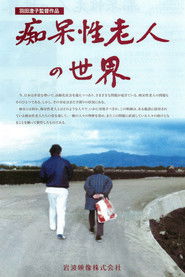 Shot in a retirement home over...
Shot in a retirement home over...How to Care for the Senile 1986
Shot in a retirement home over a period of two years, this film raises the question of "how to take care". The director films with great tenderness, not only the daily life of patients with senile dementia, but also the work of caregivers. Widely broadcast, the film sparked lively debate on the care and support society in Japan.
 This film depicts the life of...
This film depicts the life of...Island of Loves 1982
This film depicts the life of the 19th-century Portuguese writer Wenceslau De Moraes by means of nine ancient ballads from China. The writer married a Chinese woman after he left his wife and family to go live in Macao. Later, he moved to Japan where he fell in love with a Japanese woman, staying in Japan for the rest of his life. Mixed in with the career and loves of Moraes is the history of Portugal at home and in its colonies.
 Iwate Prefecture Ohasamacho In the foothills...
Iwate Prefecture Ohasamacho In the foothills...The Poem of Hayachine Valley 1982
Iwate Prefecture, Ohasamacho. In the foothills of Mt. Hayachine, the kagura (devotional dance) offered to the mountain goddess by the mountain priests is still performed today nearly unchanged from mediaeval times. This dance, which has been handed down along several lines of succession in the villages of Take and Otsugunai, has its origins in prayer. Take's kagura and Otsugunai's kagura are said to be closely related. The film shows the people who lovingly continue to perform these two types of dance and the transition from ancient tradition to modern life. Even from the first moment that director Haneda was charmed by Hayachine's kagura, the mountain villages that were home to the gods had already begun to disappear.
 The poignant focal point for this...
The poignant focal point for this...The Cherry Tree with Gray Blossoms 1977
The poignant focal point for this film is a cherry tree that is over 1400 years old. Beginning with the tree, the director then explores the families and environment around the tree. The editing and music contribute to the sense of a haunting past contained within the solid structure of an ancient natural wonder.
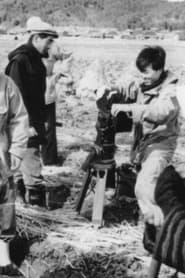 Hanedas debut as full director made...
Hanedas debut as full director made...School for Village Women, Women’s College in the Village 1957
Haneda’s debut as full director, made after four years spent as an assistant, is set in a farming village in Shiga Prefecture (east of Kyoto). The film depicts the traditional architecture, lifestyles and customs of the village, its agricultural and domestic labour, but its central focus, as with many of Iwanami’s early films, is on education.
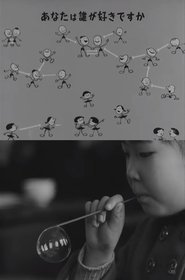 A short documentary about the behaviour...
A short documentary about the behaviour...Children in the Classroom 1954
A short documentary about the behaviour of Japanese primary school students.
 Documentary on endoflife care in Japan
Documentary on endoflife care in Japan